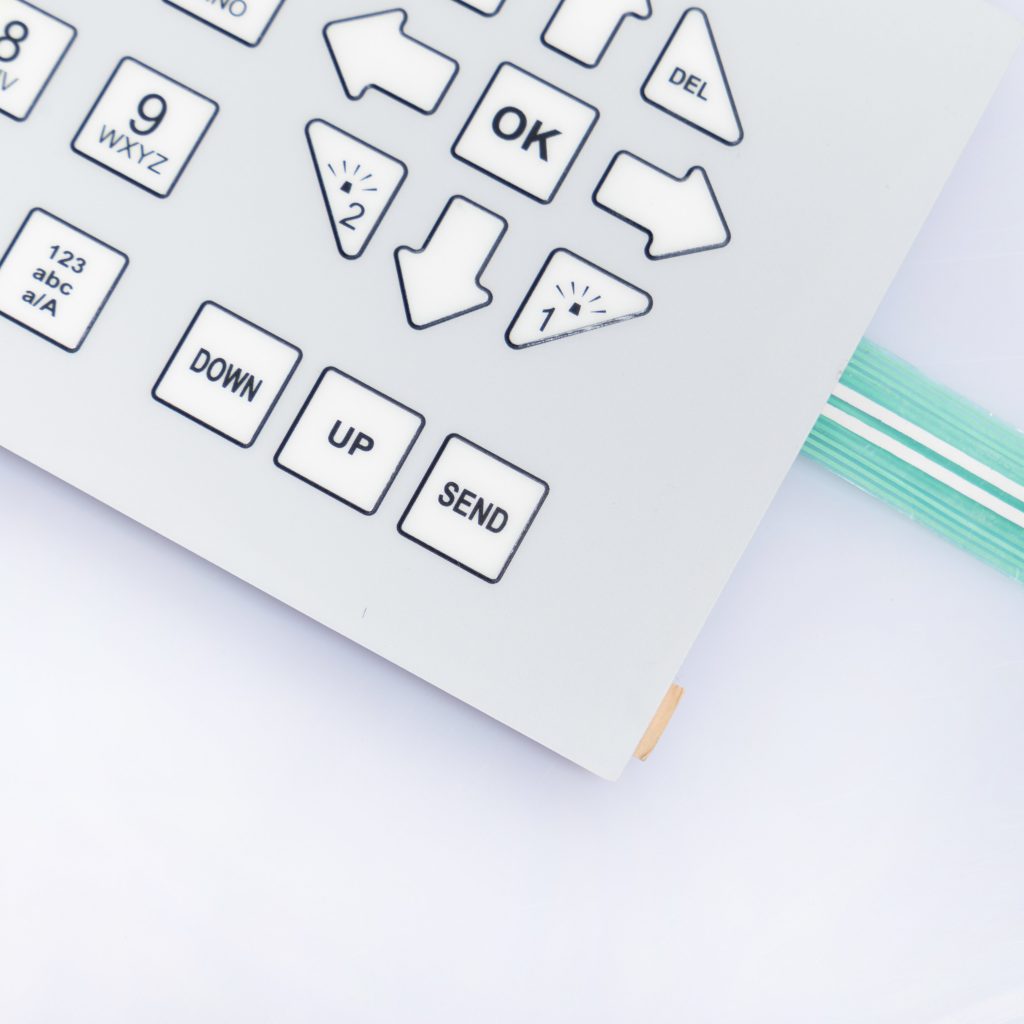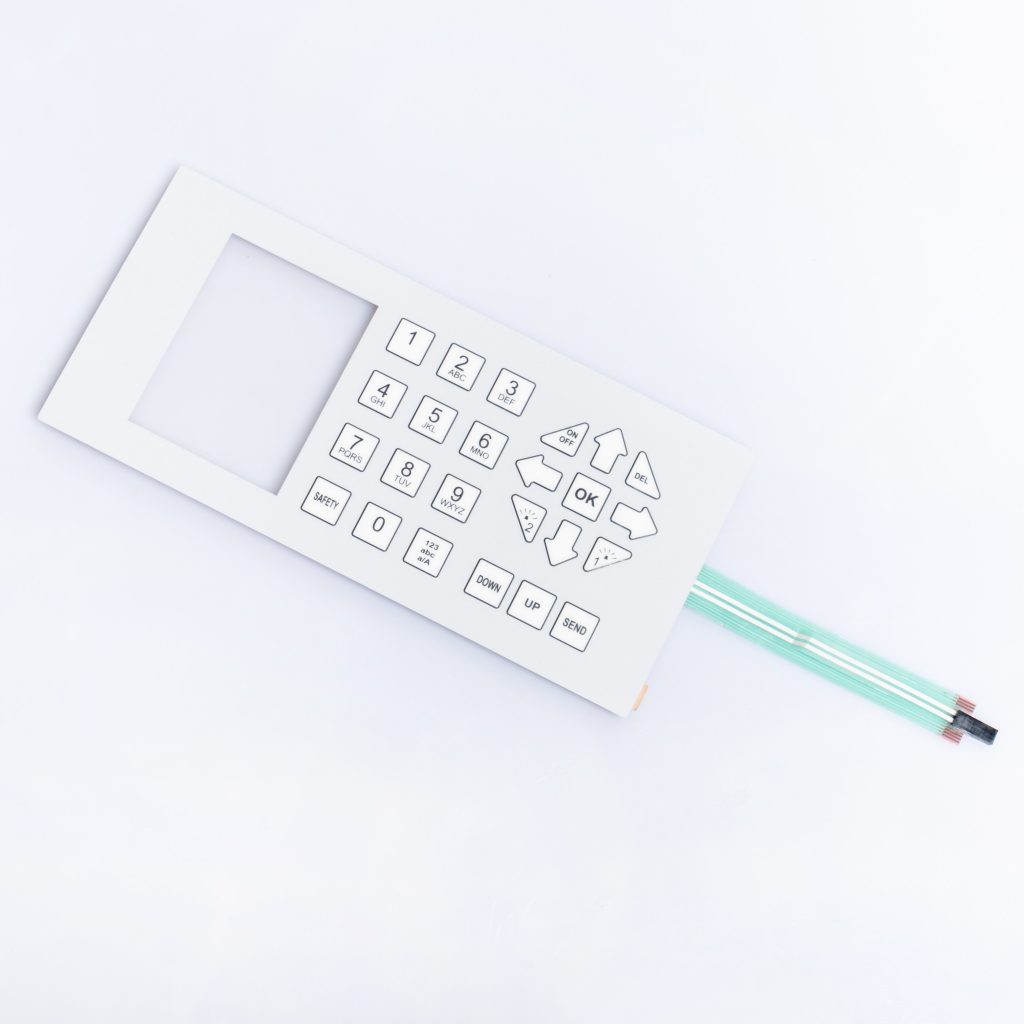Contact
Write to Us And We Would Be Happy to Advise You.
Do you have any questions, or would you like to speak directly with a representative?
By hqt
In the world of electronics and technology, innovation is the driving force behind the development of new devices and gadgets. One crucial aspect of these innovations is the creation of membrane switches. Membrane switches are thin, flexible, and easy-to-use interfaces that have become an integral part of various electronic applications. They are found in everything from microwave ovens to medical devices and industrial equipment. But have you ever wondered what makes these switches reliable and durable? One of the key factors contributing to their performance is the bond strength of the adhesive used in membrane switches.



Before we dive into the significance of bond strength, let’s take a moment to understand what membrane switches are and how they work.
Membrane switches are user interface devices that consist of multiple layers of flexible materials. These layers include a graphic overlay, spacer, and a printed circuit, all held together with adhesive. They are designed to facilitate the communication between the user and the electronic device by translating physical touch into electrical signals.
When a user applies pressure to a specific area on the graphic overlay, it causes the top layer to make contact with the bottom layer, creating an electrical circuit. This closed circuit sends a signal to the electronic device, which then processes the input, enabling the desired function.
Membrane switches are incredibly versatile and find applications in various industries, including:
Now that we have a basic understanding of membrane switches, let’s explore why bond strength in the adhesive is crucial for their performance.
The bond strength of the adhesive in a membrane switch is a measure of how well the various layers are held together. It plays a critical role in ensuring the reliability and durability of the switch. Here’s why bond strength matters:
A strong adhesive bond ensures that the layers of the membrane switch stay intact over an extended period. This longevity is essential for devices that experience frequent use, as it prevents premature wear and tear.
Membrane switches can be exposed to various environmental conditions, including temperature fluctuations, humidity, and exposure to chemicals. A robust adhesive bond helps protect the internal components from these elements, ensuring the switch’s continued functionality.
The bond strength also influences the tactile feedback of the membrane switch. A well-bonded switch provides a consistent and satisfying tactile response to the user, enhancing the overall user experience.
In industrial settings or automotive applications, membrane switches may be subjected to harsh conditions, including vibrations and impacts. Adequate bond strength ensures that the switch can withstand these challenges without compromising functionality.
Several factors can influence the bond strength of the adhesive in a membrane switch:
The choice of adhesive is crucial. Different adhesives offer varying levels of bond strength, and selecting the right one for the application is essential.
Proper surface preparation, including cleaning and priming, is essential to achieve a strong bond between the layers.
The conditions under which the adhesive is applied, including pressure and temperature, can impact bond strength.
Stringent quality control measures during the manufacturing process are necessary to ensure consistent bond strength across all membrane switches.
In conclusion, bond strength is a critical factor in the adhesive of membrane switches. It determines the longevity, reliability, and overall performance of these essential components in electronic devices. Manufacturers must carefully select adhesives and adhere to best practices to ensure that membrane switches continue to meet the demands of modern technology.
Now that you have a better understanding of bond strength in membrane switches, you can appreciate its importance in the functionality of various electronic devices.
Do you have any questions, or would you like to speak directly with a representative?